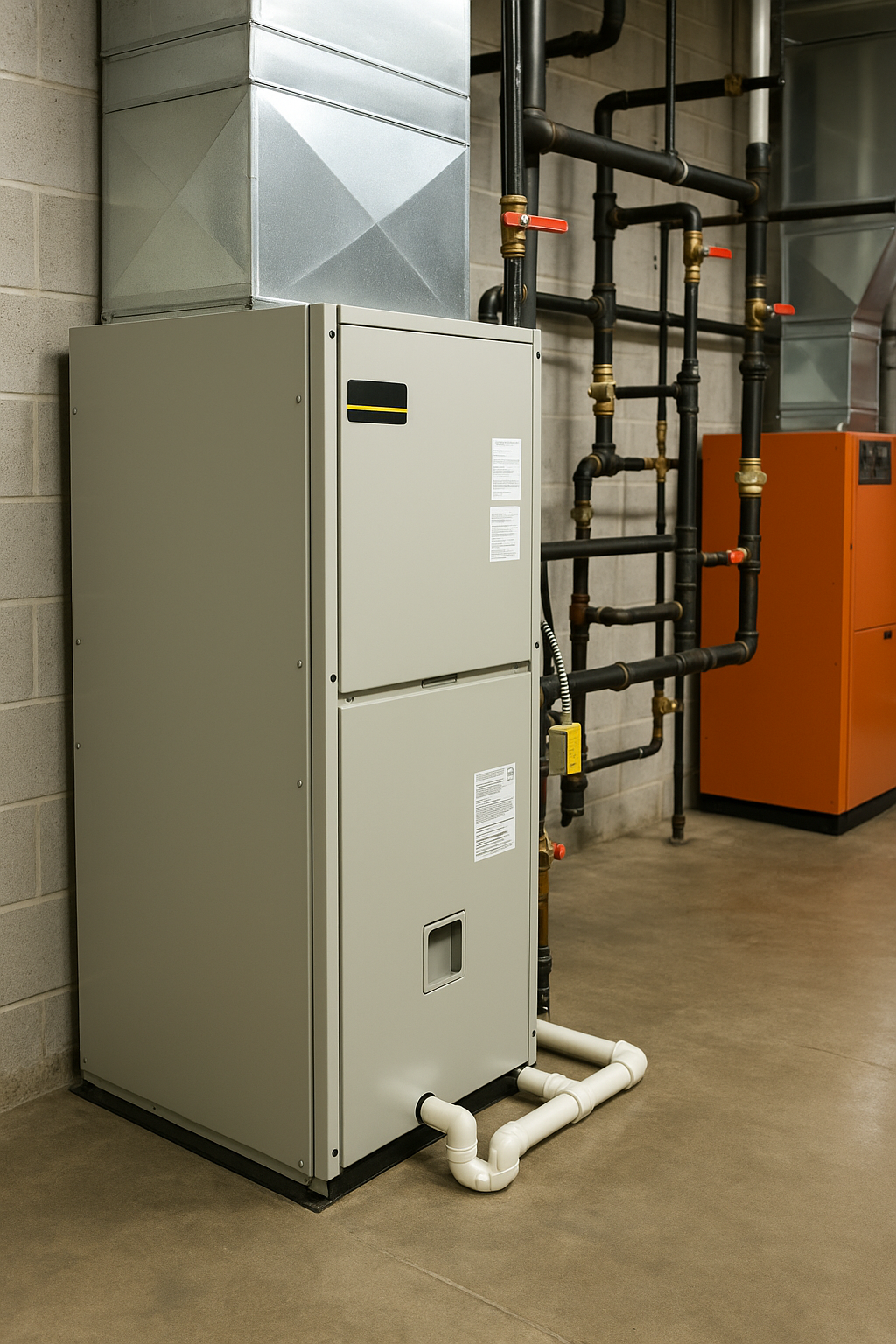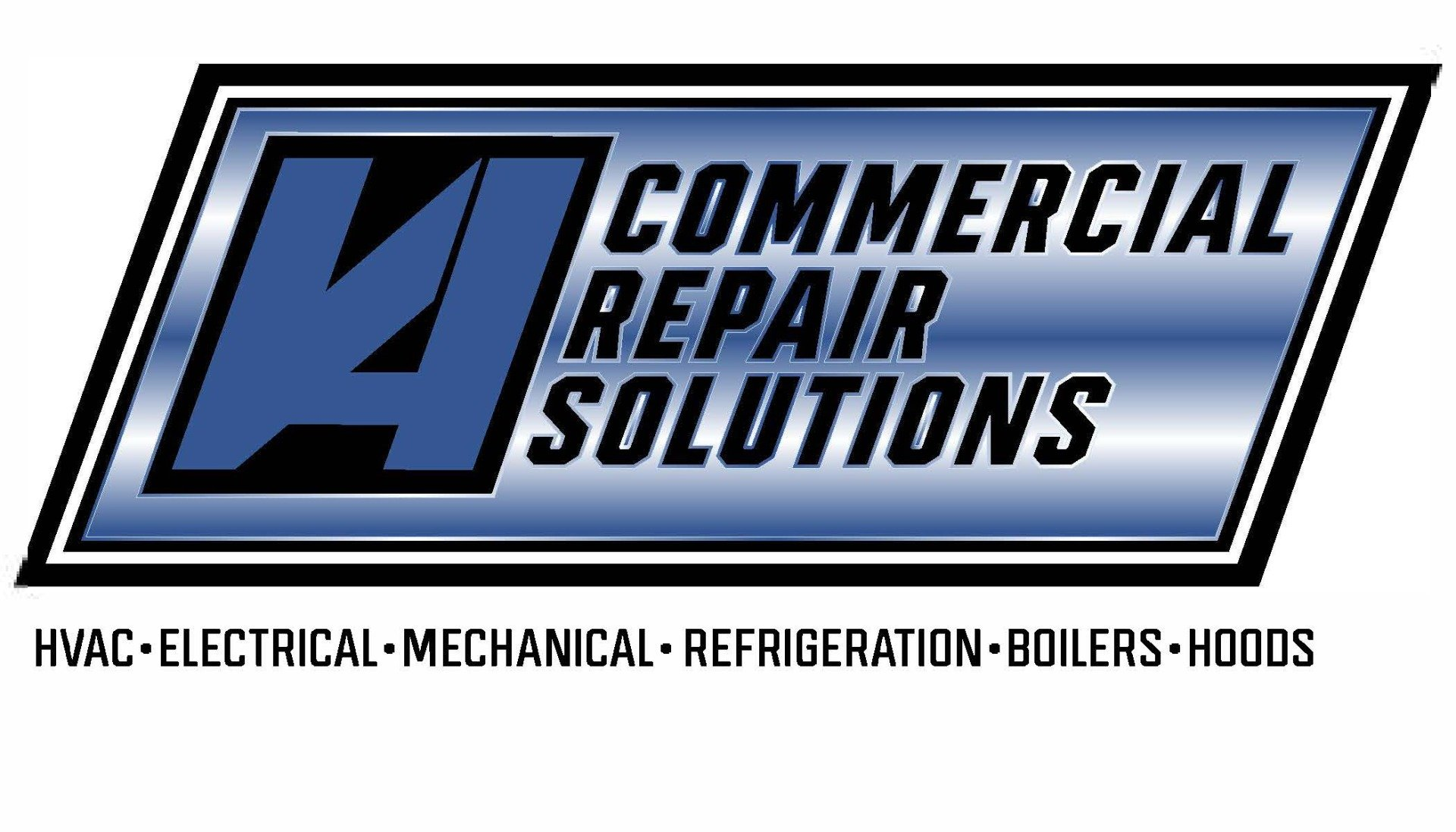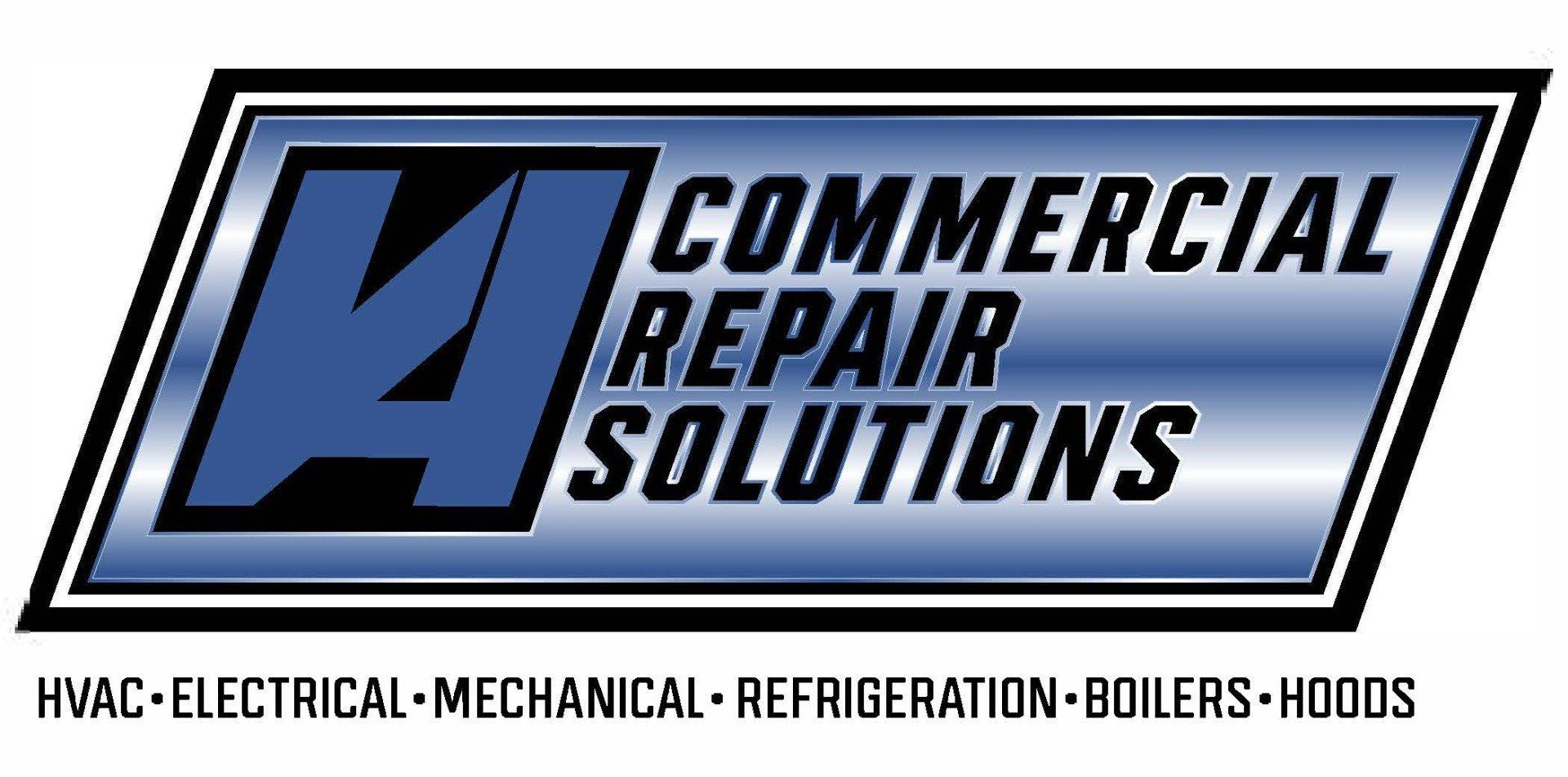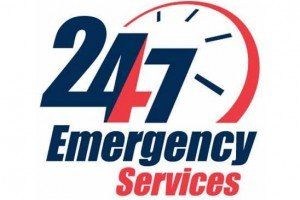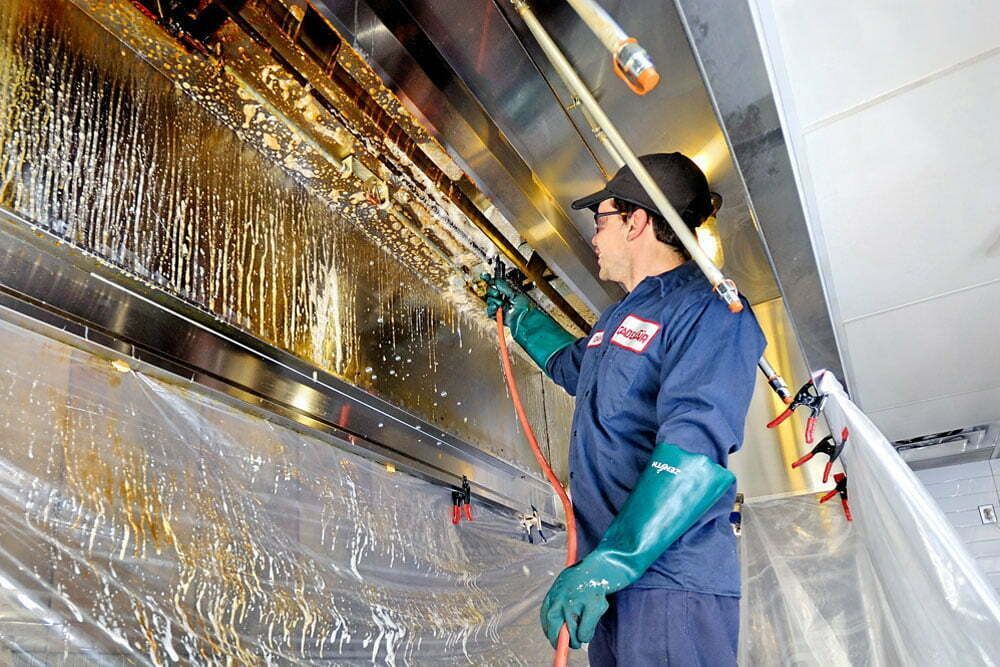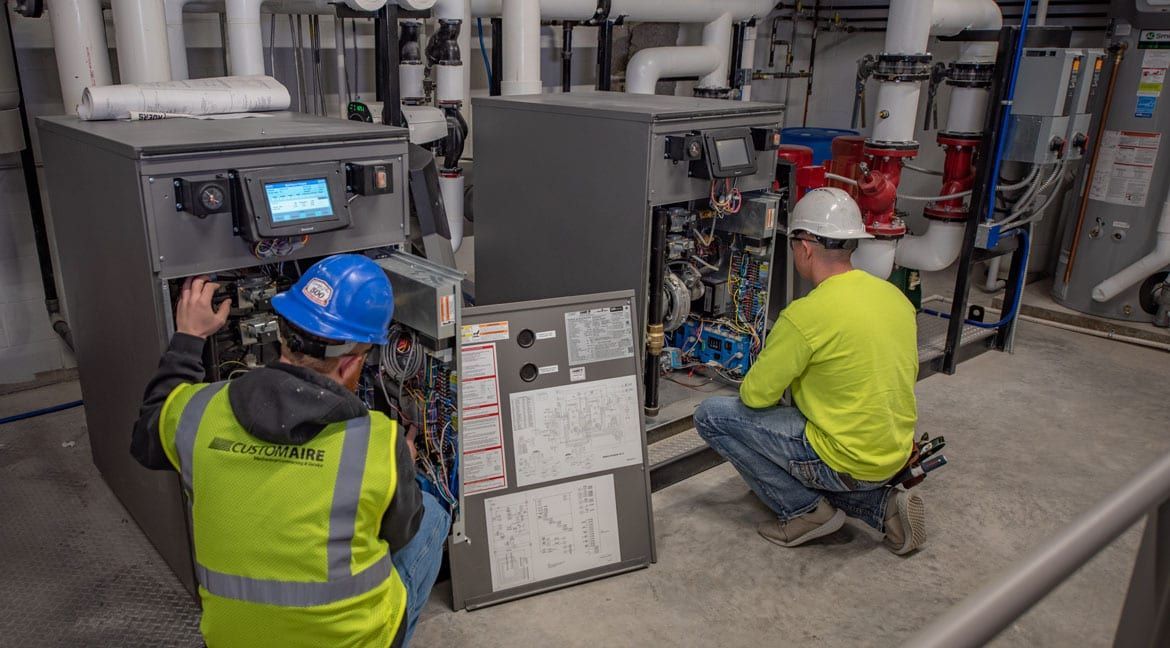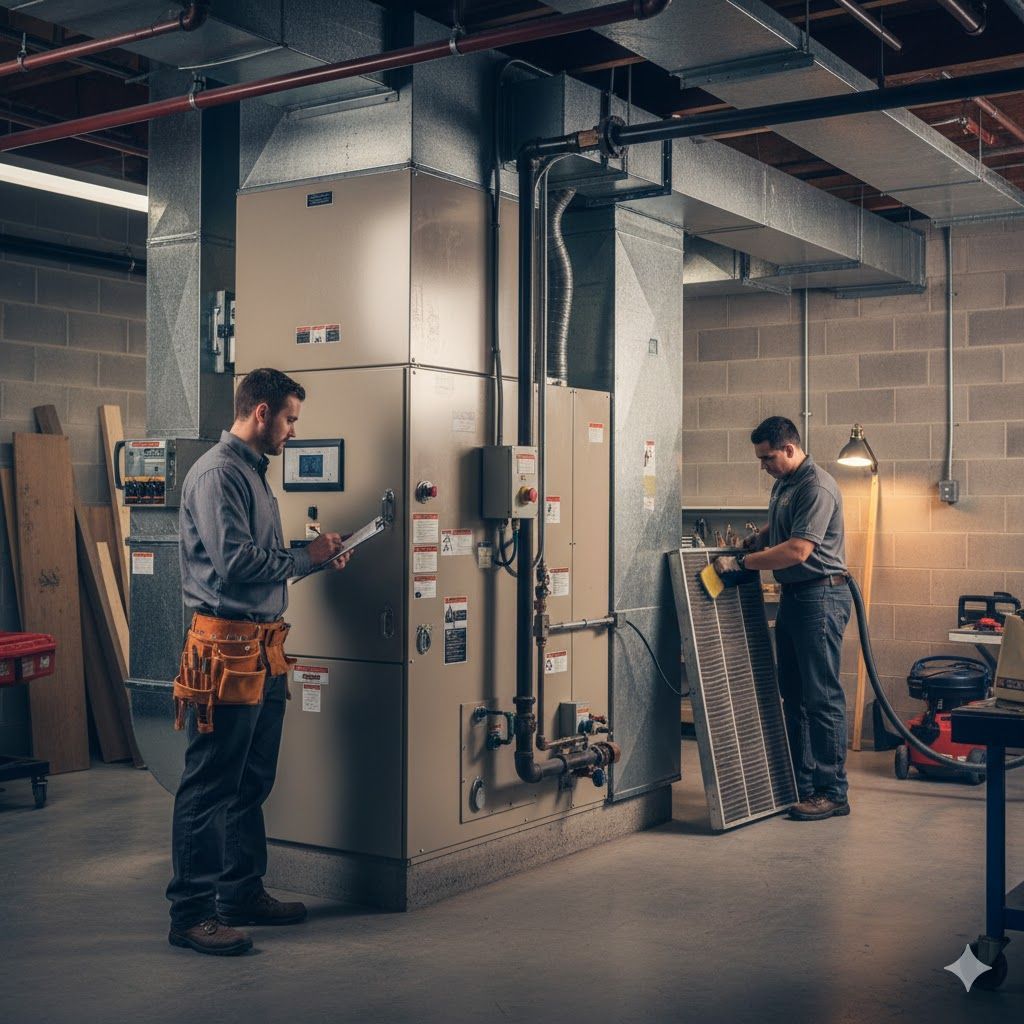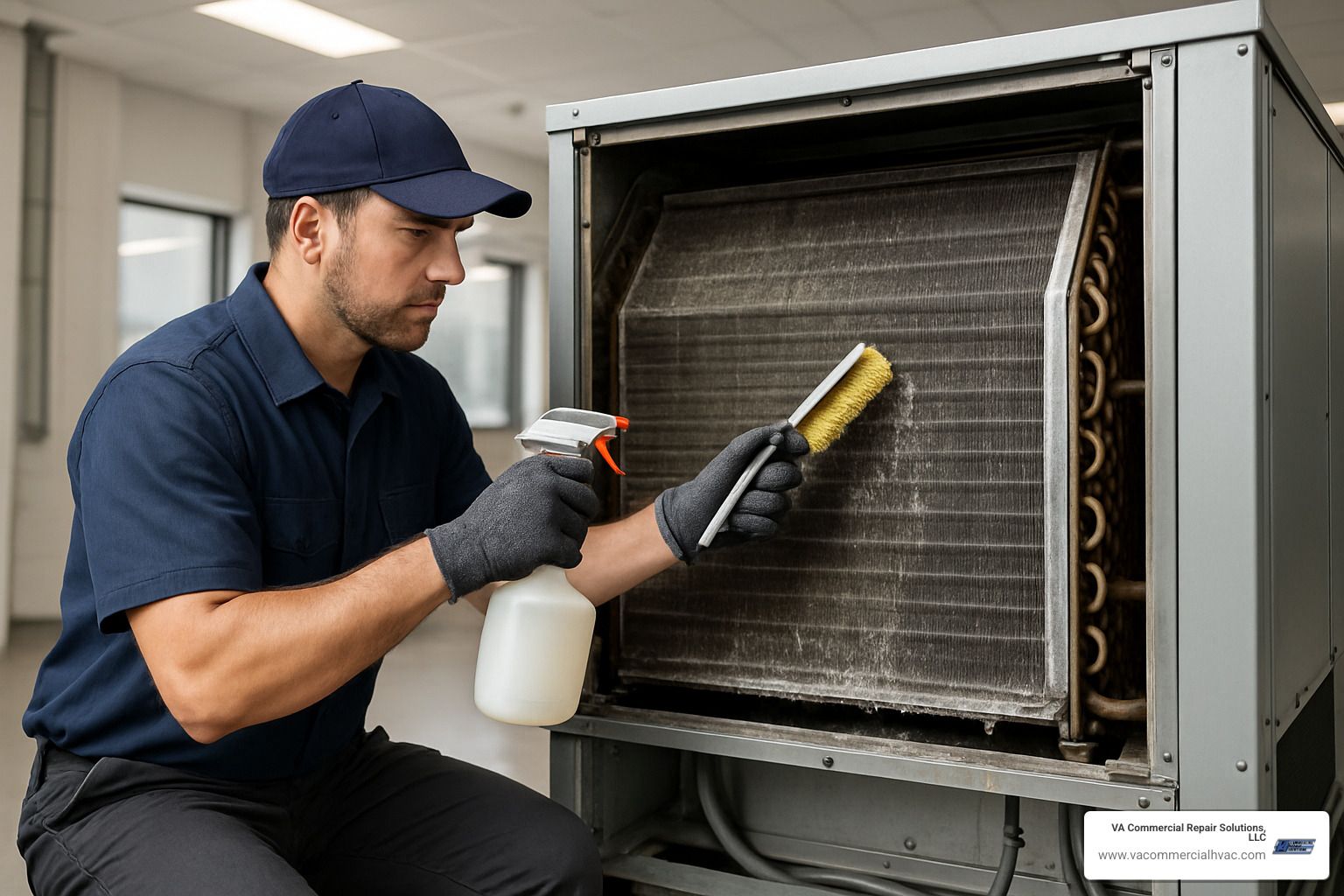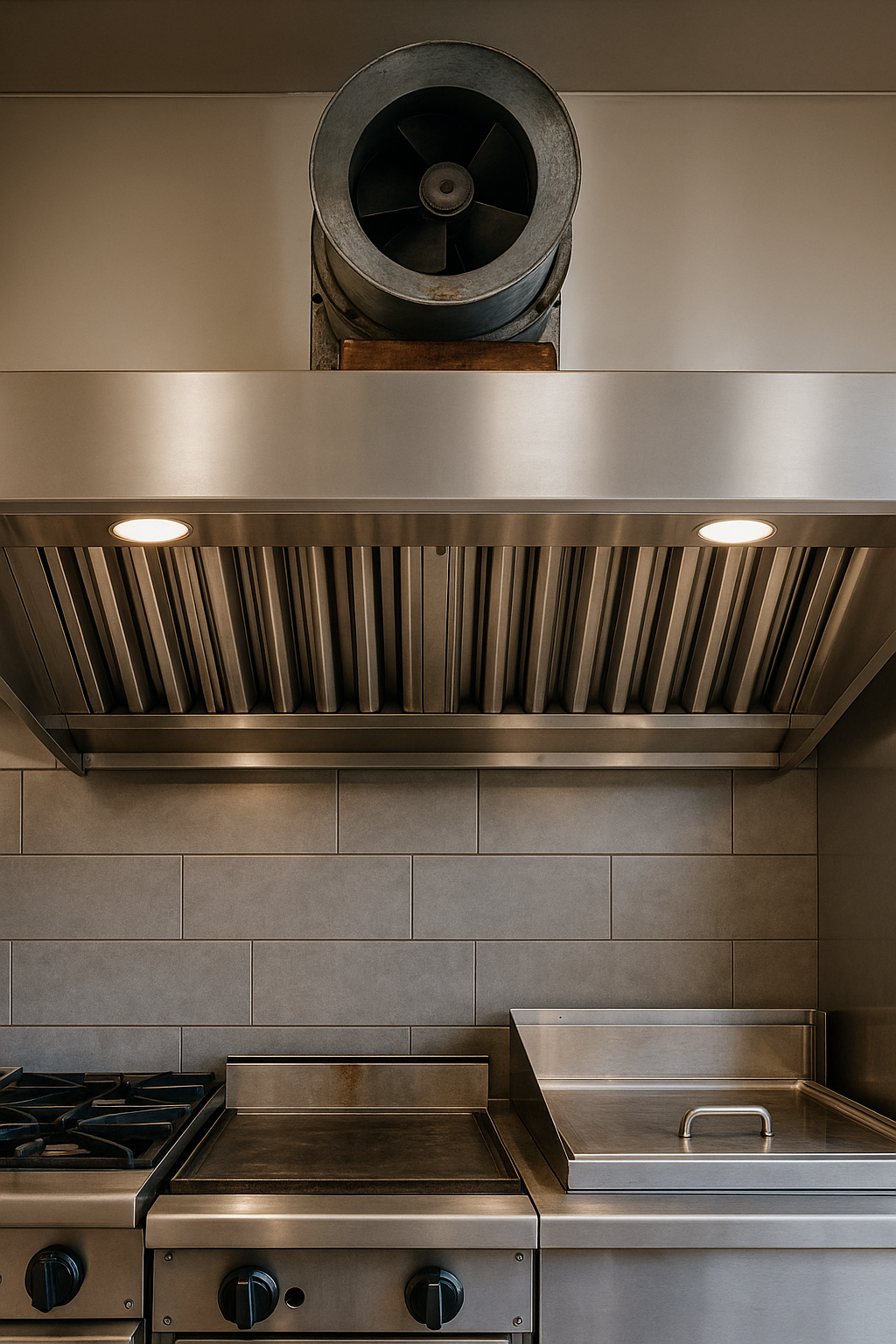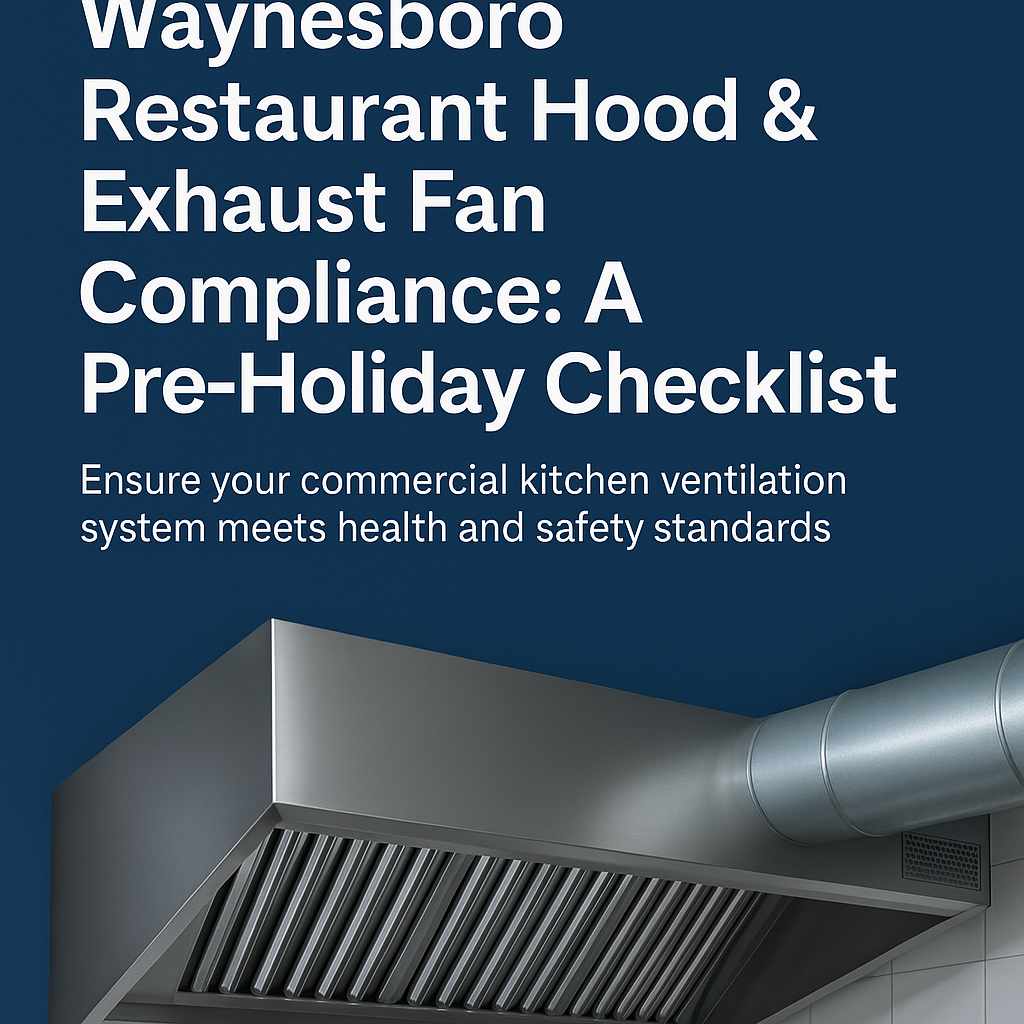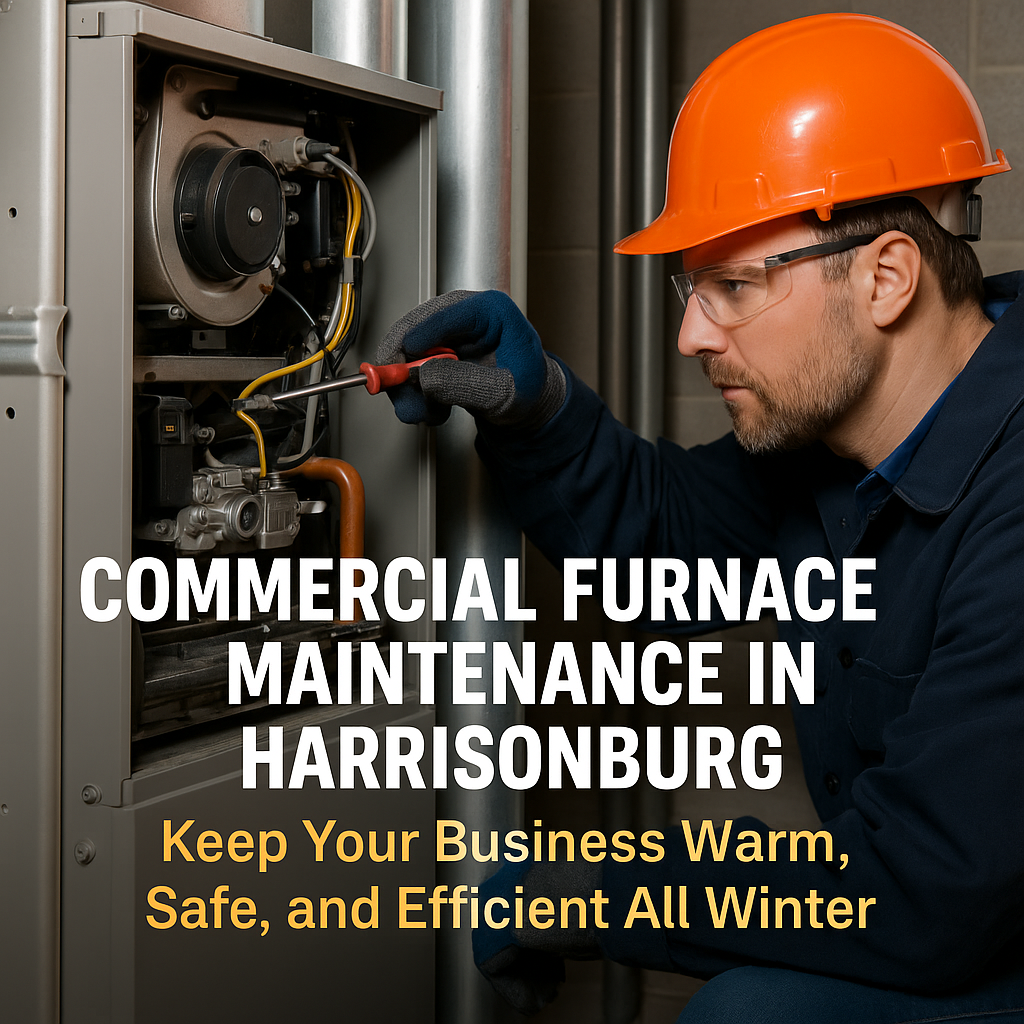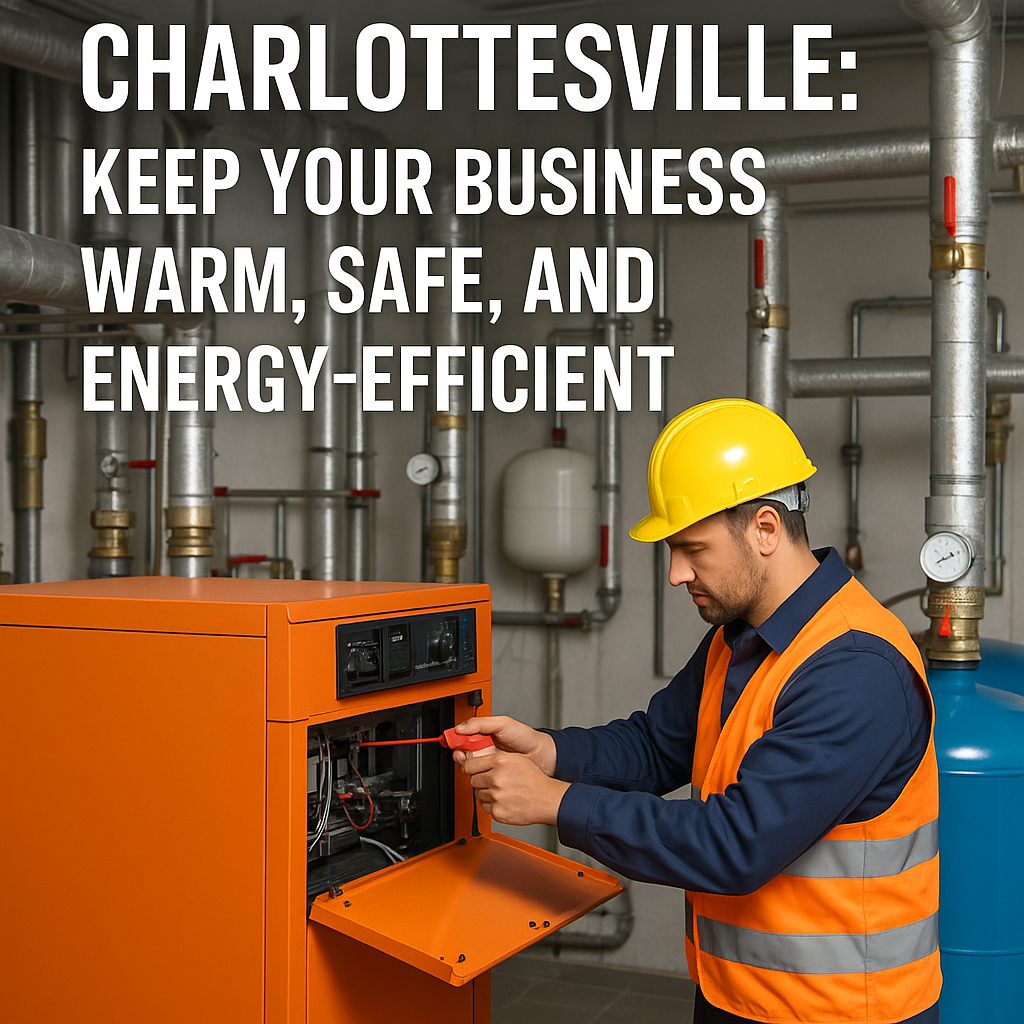Clear the Air with These Commercial Kitchen Range Hood Solutions
Why Commercial Kitchen Range Hoods Are Critical for Your Business

Commercial kitchen range hoods are essential ventilation systems that remove heat, smoke, grease, and odors from cooking areas, helping prevent fire hazards and maintain air quality. For busy restaurant managers looking for quick solutions, here's what you need to know:
- Type I hoods : Required for grease-producing equipment (grills, fryers)
- Type II hoods : For non-grease applications (dishwashers, steam tables)
- Key features : 600-2000 CFM airflow, stainless steel construction, baffle filters
- Certifications : Look for ETL, NSF, and UL listings for code compliance
- Sizing rule : Hood should extend 6" beyond cooking equipment on all sides
A properly installed commercial range hood is not just a regulatory requirement—it's the backbone of a safe, comfortable kitchen environment. Without adequate ventilation, grease accumulates in ductwork creating fire risks, while heat and smoke make working conditions unbearable for staff.
According to industry data, stainless steel is the preferred material for commercial kitchen hoods due to its durability, ease of cleaning, and compliance with NSF standards for food safety.
I'm Gregg Kell from VA Commercial Repair Solutions, with over 15 years of experience installing and servicing commercial kitchen range hoods throughout Central Virginia. My team specializes in helping restaurant managers select, install, and maintain proper ventilation systems that keep their kitchens running safely and efficiently.

Best Commercial Kitchen Range Hood Types & Top Picks
Finding the right commercial kitchen range hood feels a bit like dating – you need the perfect match for your kitchen's unique personality and needs. Let's explore your options so you can make a choice that keeps your kitchen running smoothly and your staff happy.
Types of Commercial Kitchen Range Hoods
Wall-mount hoods are the workhorses of the industry – they're mounted against a wall above your cooking line, creating that classic professional kitchen look while efficiently capturing heat and grease. Most restaurants I visit throughout Charlottesville and Harrisonburg opt for these reliable performers.
Island hoods shine in open-concept kitchens where your cooking equipment sits center stage. They're suspended from the ceiling and designed to be accessed from all sides – perfect for exhibition cooking where customers can watch culinary magic happen.
For smaller operations with space constraints, under-cabinet hoods tuck neatly beneath cabinets, while built-in hoods blend seamlessly into your kitchen's architecture for a custom look.
When it comes to functionality, you'll need to choose between Type I hoods (designed specifically for capturing grease from fryers, grills and ranges) and Type II hoods (for non-grease applications like dishwashers and steam tables).
Most commercial kitchens need airflow between 600-2000 CFM (cubic feet per minute), depending on your cooking intensity. A busy steakhouse with multiple grills needs significantly more power than a small café with limited hot food prep.
Want to dive deeper? More info about exhaust hoods and fans
Wall-Mount & Island Commercial Kitchen Range Hood Reviews
The wall-mount packages we install most frequently feature seamless stainless steel construction that stands up to years of kitchen abuse. These workhorses include baffle filters that trap grease while maintaining proper airflow – much more effective than the mesh filters you might have at home.
I always recommend hoods that are makeup-air ready , which means they can connect to systems that replace the air being exhausted. Without makeup air, your kitchen can develop negative pressure that causes drafts, affects cooking flames, and makes your doors harder to open!
Wall canopy packages typically run from $3,999 for a basic 4' model up to $8,999 for a fully-featured 15' system. These packages usually include the hood itself, exhaust fan, supply fan system, and roof curb – everything you need for a complete installation.
Low-Proximity, Backshelf & Ventless Options
Low-proximity hoods are perfect for kitchens with ceiling height challenges. They hang closer to cooking equipment (typically 18-24 inches versus the standard 30-36 inches), which allows them to capture smoke and grease more efficiently with lower exhaust rates.
For kitchens where vertical space is at an absolute premium, backshelf hoods mount directly behind and slightly above your cooking equipment. Many models include integrated shelving – a nice bonus in tight spaces.
Ventless hood systems are the miracle workers for locations where traditional ducting is impossible. These self-contained units use multiple filtration stages to clean the air before recirculating it back into the kitchen. They're ideal for food courts, historic buildings with strict exterior modification rules, or basement kitchens.
Key Buying Factors Before You Click "Add to Cart"
Selecting the right commercial kitchen range hood isn't just about finding something that fits your space—it's about making a smart investment in your kitchen's safety, efficiency, and comfort.

CFM Sizing
Think of CFM (cubic feet per minute) as your hood's breathing capacity. For light-duty cooking with electric equipment that produces minimal grease, you'll need about 75-150 CFM per linear foot. Standard restaurant ranges fall into the medium-duty category, requiring 150-250 CFM per linear foot. And if you're working with heat monsters like charbroilers, woks, or fryers, you'll need heavy-duty ventilation at 250-350 CFM per linear foot.
So for a 10-foot cooking line packed with heavy-duty equipment, you're looking at a hood with 2,500-3,500 CFM capacity. Anything less, and you'll be fighting a losing battle against smoke, heat, and grease.
Hood Overhang
Your commercial kitchen range hood should extend at least 6 inches beyond your cooking equipment on all sides. If you're working with equipment that produces intense heat or lots of smoke (looking at you, charbroilers), consider a more generous 12-inch overhang.
Material Quality
For a hood that will stand up to years of grease, heat, and cleaning chemicals, 304 stainless steel is the gold standard, offering significantly better corrosion resistance than the cheaper 430 grade. The thickness matters too—18-gauge is the industry standard for a reason, providing the durability commercial kitchens demand.
Filtration Options
Baffle filters are the workhorses of commercial kitchens, designed to capture grease while maintaining steady airflow. They're sturdy, easy to clean, and can handle high-volume cooking. Mesh filters cost less upfront but require more frequent cleaning and replacement.
Noise Levels
A noisy hood can make kitchen communication difficult and contribute to staff fatigue. Noise levels are measured in sones, with 4-6 sones representing relatively quiet operation—something your kitchen staff will appreciate during long shifts.
Advanced Features
Today's commercial kitchen range hoods offer innovations that can save you time and money. UV technology that breaks down grease molecules improves air quality and reduces cleaning frequency. Self-cleaning systems with daily hot-water spray cycles cut down on maintenance time. And demand-controlled ventilation that adjusts airflow based on cooking intensity can significantly reduce energy costs.
Certifications
Look for ETL certification, which ensures compliance with safety standards, and NSF certification, which verifies the hood meets sanitation standards for food service equipment. UL listing confirms electrical safety, while NFPA 96 compliance means the hood meets fire safety standards for ventilation.
Ducted vs. Ductless Range Hoods Comparison
| Feature | Ducted Range Hoods | Ductless Range Hoods |
|---|---|---|
| Airflow Efficiency | High (no restriction) | Reduced by 20-30% due to filtration |
| Installation Flexibility | Requires ductwork to exterior | Can be installed anywhere |
| Maintenance Costs | Duct cleaning 2-4 times annually | Filter replacement every 3-6 months |
| Initial Cost | Higher (includes ductwork) | Lower upfront cost |
| Operating Cost | Lower long-term costs | Higher (replacement filters) |
| Code Approval | Widely accepted | Limited acceptance in some jurisdictions |
Sizing Your Commercial Kitchen Range Hood Correctly
Start with a simple measurement: how long is your cooking line? Measure all your equipment, then add 12 inches (6 inches on each side) for proper overhang. This total measurement should match your hood width.
Your equipment's heat output dramatically affects your hood requirements. Steam equipment and small electric appliances fall into the light-duty category. Standard ranges, griddles, and fryers are medium-duty workhorses. Charbroilers, woks, and solid fuel cooking equipment are heavy-duty heat generators that demand more powerful ventilation.
Certification & Material Checklist for a Commercial Kitchen Range Hood
Your hood should feature 18-gauge stainless steel at minimum—anything thinner won't stand up to commercial use. Look for welded seams rather than riveted construction, as welded seams create a seamless surface where grease can't accumulate. Properly sized grease cups prevent overflow messes, while smooth, coved corners make cleaning quick and thorough.
Every legitimate commercial kitchen range hood displays its certifications proudly. The ETL sticker should be visible on the unit, confirming it meets safety standards. NSF certification verifies it meets sanitation requirements for food service. UL listing ensures electrical components won't create hazards, and local code compliance documentation prevents headaches during inspections.
Installation & Maintenance Best Practices
Proper installation and regular maintenance of your commercial kitchen range hood are essential for safety, performance, and compliance with local regulations.

Installation Considerations
Getting your commercial kitchen range hood installed correctly starts with securing proper mechanical, electrical, and fire safety permits. Position exhaust fans at least 10 feet away from any building air intakes to prevent exhausted air from being pulled back into your building.
The make-up air balance might sound technical, but it's really just about replacing the air your hood is removing. Without proper make-up air, your kitchen becomes negatively pressurized, which can cause doors to slam, pilot lights to flicker, and even pull carbon monoxide from water heaters back into your space.
Fire suppression integration is non-negotiable. Work closely with your fire suppression contractor to ensure proper nozzle placement over cooking equipment. The system needs to connect to your fire alarm and include manual pull stations at required exit paths.
For ductwork, use minimum 16-gauge steel for grease ducts and maintain a proper slope (1/4" per foot) so grease drains back to collection points rather than pooling in your ductwork. Install access doors at every directional change so cleaning crews can actually reach all areas of your system.
Maintenance Protocols
Daily maintenance doesn't have to be time-consuming, but it is crucial. Have your closing staff wipe down hood surfaces to remove grease buildup, check and empty grease cups, and visually inspect filters for any obvious blockage.
Weekly, you'll want to remove and clean those baffle filters – most are dishwasher-safe, making this an easy task. While you're at it, check your hood lights and replace any burnt-out bulbs.
Quarterly maintenance gets more involved. This is when you'll want to clean ductwork to remove accumulated grease, check fan belts for proper tension and wear, inspect and test your fire suppression system, and clean your rooftop exhaust fan and housing.
A well-maintained commercial kitchen range hood can serve your business reliably for 15-20 years. Think of maintenance as an investment rather than an expense – one that pays dividends in equipment longevity, fire prevention, and energy efficiency.
Commercial Kitchen Range Hood Install Walk-Through
Installing a commercial kitchen range hood isn't a DIY weekend project – it's a carefully orchestrated process requiring multiple skilled professionals.
Pre-installation planning sets the stage for success. We always start by verifying measurements and clearances, confirming utility requirements, reviewing manufacturer's guidelines, and coordinating with other contractors.
Hood mounting is typically a team effort. We'll mark ceiling or wall mounting points, install threaded rods or brackets for support, and then carefully lift the hood into position. Getting the hood perfectly level in all directions is crucial – not just for appearance, but for proper grease drainage and operation.
Connecting ductwork requires precision and attention to detail. All joints must be sealed with approved high-temperature sealant, access doors installed for cleaning, and proper slope maintained for grease drainage.
Finally, we conduct comprehensive start-up testing – verifying proper fan rotation, checking airflow using smoke or air velocity meters, testing the fire suppression system, and confirming make-up air balance.

Preventive Maintenance Schedule & Cost Snapshot
Weekly maintenance is typically handled by your in-house staff. They should wash and inspect filters, clean hood surfaces, and empty grease cups. This usually takes 1-2 hours per week, but prevents grease buildup that can become both a fire hazard and a health code violation.
Monthly, you'll want to check fan belts for proper tension, test your control systems, and inspect ducts at access points. If outsourced, expect to pay about $150-$250 per visit.
Quarterly service is where professional help becomes invaluable. A thorough duct cleaning, exhaust fan maintenance, electrical component inspection, and fire system testing typically runs $300-$500.
Annual maintenance includes fire system certification, complete system inspection, duct integrity verification, and fan replacement if needed. This more comprehensive service typically costs $500-$800 and should be performed by certified professionals.

Frequently Asked Questions About Commercial Kitchen Range Hoods
What's the difference between Type I and Type II hoods?
Type I hoods are your heavy-duty warriors, specifically built to capture grease, smoke, and heat from cooking operations. These hoods come equipped with baffle filters or centrifugal extractors that trap grease particles, integrated fire suppression systems, and grease collection cups to prevent buildup.
You'll need a Type I hood over equipment like fryers, grills, griddles, ranges, broilers, woks, and especially anything using solid fuels like wood or charcoal.
Type II hoods are your lighter-duty options. They're designed primarily for managing heat and moisture from non-grease producing equipment. These hoods typically feature condensate collection systems and often use mesh filters instead of baffles. They don't require fire suppression systems and generally have lower CFM requirements.
You'll find Type II hoods above dishwashers, steam tables, certain ovens (depending on what you're cooking), and hot food holding equipment.
How much CFM do I need for a 10-foot grill line?
Sizing the proper airflow for your commercial kitchen range hood is critical—too little, and you'll have smoke and grease problems; too much, and you're just wasting energy and money.
First, consider what type of cooking you're doing. For light-duty cooking (think warming operations), you'll need about 75-150 CFM per linear foot. Medium-duty operations like standard cooking ranges need 150-250 CFM per linear foot. Heavy-duty operations with charbroilers and fryers require 250-350 CFM per linear foot.
The hood's position matters too. A wall-mounted hood is your baseline (multiply by 1.0), but if you've got a single island hood exposed on one side, you'll need to multiply by 1.2. For a double island exposed on both sides, that factor jumps to 1.4.
For a 10-foot grill line with heavy-duty equipment under a wall-mounted hood, we'd calculate: 10 feet × 300 CFM/foot = 3,000 CFM (with standard mounting height)
The same equipment under a single island hood would need: 3,000 × 1.2 = 3,600 CFM
Can I retrofit a ductless system to meet local code?
Code compliance is your first hurdle. Many jurisdictions require Type I cooking operations to have ducted hoods that exhaust to the exterior. However, some areas do allow ductless (recirculating) hoods for specific limited applications.
If you're considering a retrofit, here are some approaches that have worked for my clients:
-
Advanced filtration upgrades can sometimes make a ductless system acceptable. This might include adding multi-stage filtration with pre-filters, HEPA filters, UV technology, and activated carbon to capture odors.
-
Another approach is menu modification. By switching to equipment that produces less grease and smoke or changing cooking methods, you might qualify for Type II hood requirements instead.
-
For some buildings, we've created hybrid solutions with partial ducting. Even short duct runs to exterior walls can make a big difference.
Even if your ductless retrofit is approved, you'll typically face more frequent filter changes, higher ongoing maintenance costs, and regular air quality testing.
Conclusion
Choosing the right commercial kitchen range hood is more than just a regulatory box to tick—it's an investment that pays dividends in multiple ways for your restaurant or food service business.
Energy Savings When your ventilation system is properly sized and maintained, it works efficiently to remove heat directly at the source, which takes a significant burden off your overall HVAC system. I've seen kitchens reduce their energy bills by up to 50% after installing demand-controlled ventilation that intelligently adjusts fan speeds based on actual cooking activity.
Staff Comfort and Retention When your staff isn't battling excessive heat and breathing in smoke all shift, they can focus on what they do best: creating delicious food. In today's competitive labor market, this comfort factor can significantly impact your ability to attract and retain talented culinary staff.
Fire Risk Reduction This is where your commercial kitchen range hood truly becomes a lifesaver. The statistics don't lie—restaurants with properly maintained ventilation systems experience dramatically fewer fires. When grease isn't accumulating in your ductwork (one of the leading causes of devastating restaurant fires), you're not just protecting your business investment, you're safeguarding human lives.
Regulatory Compliance Regular maintenance and inspections keep you on the right side of health department regulations and fire codes. The cost of scheduled maintenance is minimal compared to the potential fines, mandatory closures, and reputation damage that can result from compliance failures.
Key Takeaways from Our Range Hood Roundup
The right commercial kitchen range hood system makes all the difference in your operation's safety, efficiency, and comfort. Type I hoods are essential for any cooking that produces grease, while Type II hoods handle heat and moisture from non-grease equipment. Proper sizing isn't just about the physical dimensions—it's about ensuring adequate CFM capacity for your specific cooking equipment.
Material quality directly impacts how long your system will serve you. That 18-gauge 304 stainless steel with seamless construction might cost more upfront, but it provides superior durability and easier cleaning, saving you money and headaches down the road.
Don't underestimate the importance of professional installation. Even the highest-quality hood won't perform properly without balanced make-up air and correctly designed ductwork. And once it's installed, commit to a structured maintenance program—those daily wipe-downs, weekly filter cleanings, and quarterly professional services aren't optional if you want your system to perform reliably.
At VA Commercial Repair Solutions, we understand that when your kitchen ventilation fails, everything stops. That's why we're available 24/7 throughout Charlottesville, Harrisonburg, Waynesboro, Staunton, Lexington, and Fishersville. When you call us, you'll never reach voicemail—a real person answers every time, ready to dispatch a technician immediately if needed.
Our approach is different from what you might be used to. We focus on solving your ventilation problems rather than automatically pushing for expensive equipment replacement. Our unique repair guarantees give you confidence that when we fix something, it stays fixed.
